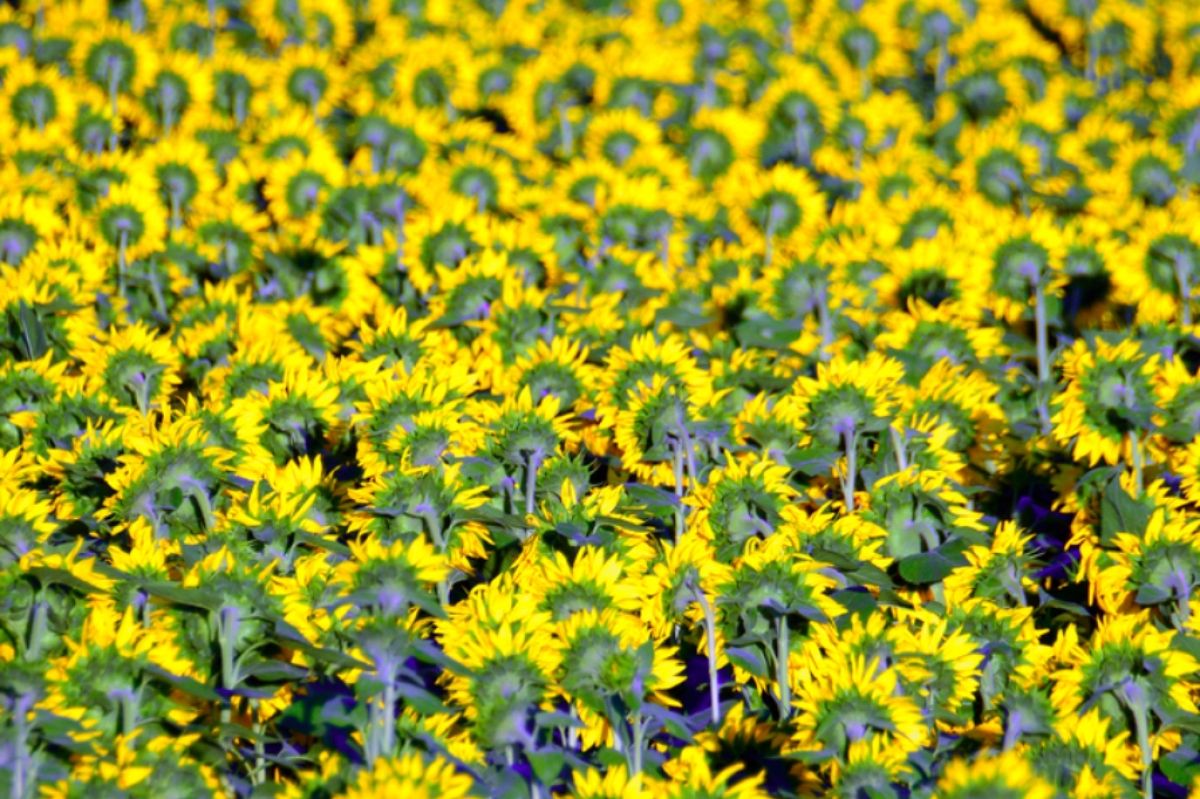
The turning heads of sunflowers in a field. (Adonyi Gabor, pxhere)
In the language of flowers, the sunflower signifies haughtiness. The genus is Helianthus from the Greek words “helios” meaning sun and “anthos” meaning flower.
Sunflowers are the tallest plants in the garden, and every part of the plant is useful. For example, birds as well as humans eat the seeds, and seeds can also be used for making oil and soap. The leaves and stalks are consumed as animal fodder and are also sometimes chewed as tobacco substitutes.
There is a legend from classical times that Clytie, a water nymph, died of a broken heart and became a sunflower when betrayed by the sun god Apollo.
Thomas Moore in the 18th century wrote, “No, the heart that has truly loved never forgets, but as truly loves on to the close, as the sunflower turns on her god when he sets, the same look which she turn’d when he rose.”
It is interesting to watch sunflowers turn their heads to follow the sun.
Jerusalem artichokes (Helianthus tuberosus) have an edible tuber and can grow 10 feet tall, but it is a terribly invasive plant.
In my Zone 5 garden, I love to grow native Helianthus and Heliopsis species and use dark-leaved coleus and opal basil to combine with their sunshiny yellow blooms in a vase. The sunny blooms light up our gardens in June and July.









